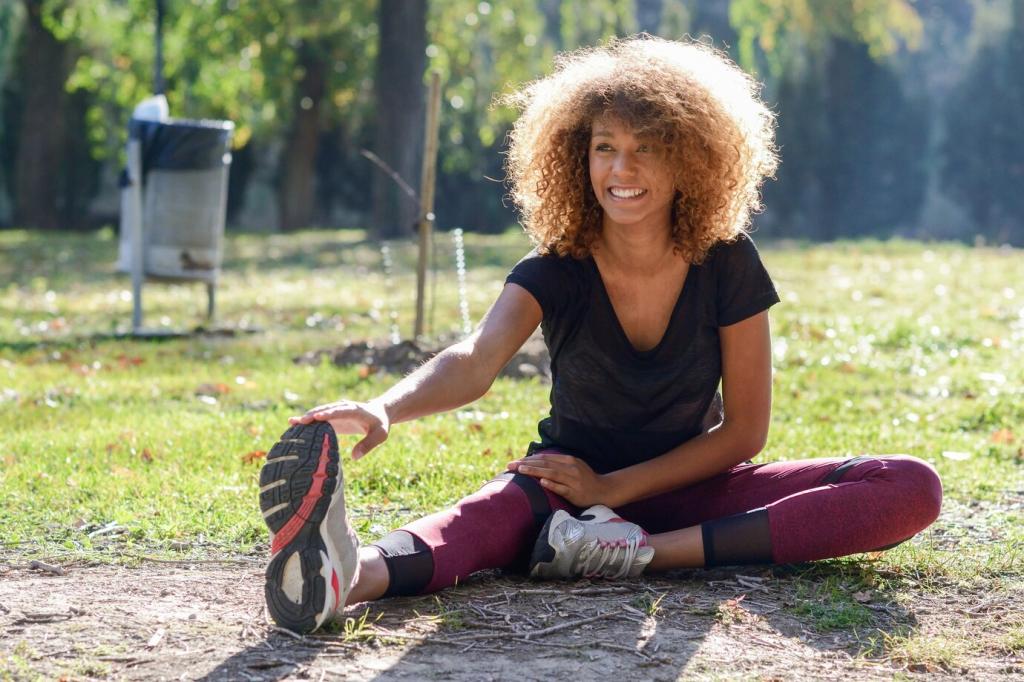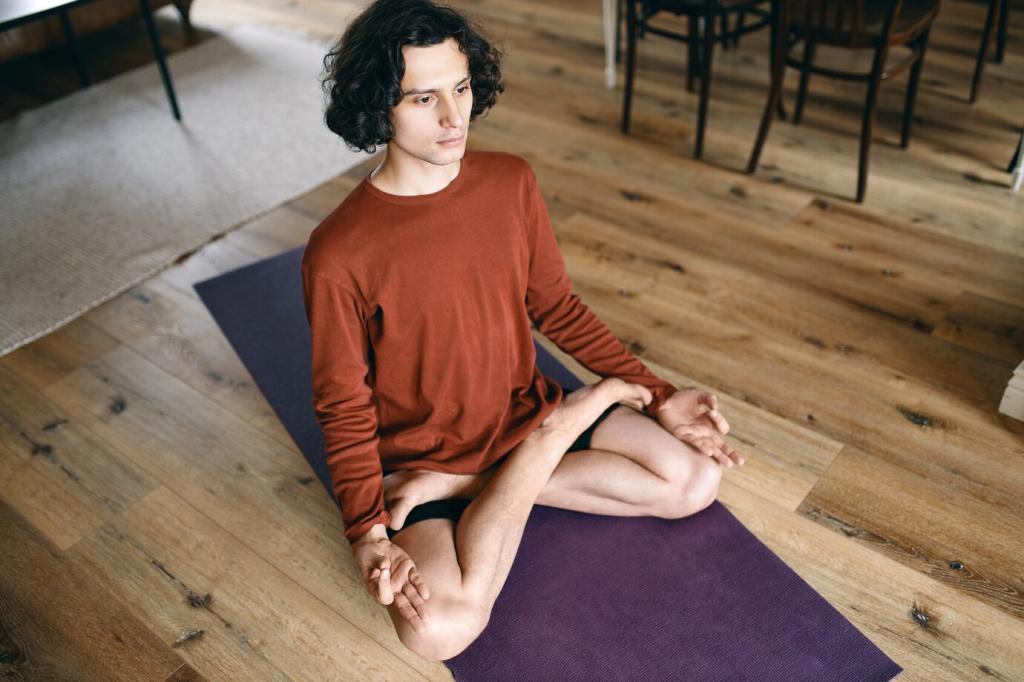
The Science Behind Yoga's Stress Relieving Benefits
Chosen theme: The Science Behind Yoga’s Stress Relieving Benefits. Step into a welcoming space where physiology meets practice, and discover how breath, movement, and mindful attention rewire stress responses, restore balance, and help you feel steady, present, and resilient.
How Yoga Calms the Stress Response
From Fight-or-Flight to Rest-and-Digest
Chronic stress continually pings the HPA axis, keeping cortisol elevated and focus scattered. Yoga practices gently recruit parasympathetic pathways, lowering arousal, quieting reactivity, and creating space for deliberate choices rather than automatic, anxious reflexes. Tell us when you first noticed that shift.
Heart Rate Variability as a Window into Calm
Heart rate variability often increases with consistent yoga and slow breathing, signaling more flexible autonomic control. Think of HRV as your adaptability meter, reflecting how quickly you can recover from daily demands. Have you tracked your HRV before and after practice?
The Vagus Nerve and the Power of the Exhale
Long, unforced exhales subtly stimulate vagal pathways, nudging heart rate down and tension out. Over time, this builds a reflex of ease you can access anywhere. Try six slow breaths now and share what you feel in the comments.
Breath Mechanics: Why Pranayama Works
CO2 Tolerance and the Chemoreflex
Anxious breathing often dumps carbon dioxide too quickly, making the body feel threatened. Gentle breath holds and slower cadence improve CO2 tolerance, softening alarms from the brainstem and easing sensations of panic. Which patterns soothe you most consistently?
Resonant Breathing Around Six per Minute
Breathing near six breaths per minute often synchronizes heart rate and blood pressure waves, boosting baroreflex sensitivity. This resonance can feel like an inner metronome for calm. Experiment for five minutes daily, then comment with your observations.
Nasal Breathing and Nitric Oxide
Nasal breathing increases nitric oxide availability, improving airflow distribution and signaling calm. It also naturally moderates pace, discouraging frantic inhalations. Try sealing your lips during practice and note whether your mind wanders less. Share your experience to help others.
Movement Matters: Asana and the Body's Biochemistry
Fascia, Hydration, and the Feeling of Ease
Slow, mindful stretches encourage fluid movement through connective tissues, reducing stiffness that masquerades as anxiety. When tissues glide, the brain receives safer signals from the body. Which poses reliably soften your shoulders after tough days? Tell us your go-to sequence.
Myokines and Low-Inflammation Movement
Moderate, rhythmic asana releases myokines that can dampen inflammatory pathways tied to stress and mood. You do not need intensity to heal; you need consistency. What small, repeatable practice could you commit to this week? Invite a friend to join you.
Sequencing to Support the Baroreflex
Combining gentle forward folds, twists, and supine poses with slow breathing can nurture baroreceptor feedback loops that stabilize blood pressure. End with a longer rest to consolidate calm. Post your favorite calming three-pose flow so others can try it.
Brain on Yoga: Attention, Rumination, and Relief
Focused, embodied attention in yoga can reduce default mode network chatter, easing the mental loops that feed stress. As the body anchors attention, the mind lets go. After class, do your thoughts feel less sticky? Share your story below.

Hormones, Sleep, and Recovery
Chronic stress can flatten cortisol rhythms, leaving you wired at night and sluggish by day. Gentle evening yoga may help restore a steeper, healthier slope. Track your bedtime calm for two weeks and report back with reflections.


Hormones, Sleep, and Recovery
A short sequence of hip openers, forward folds, and prolonged exhales signals safety to the nervous system. Pair dim lights with quiet music and notice drowsiness arrive naturally. What ritual helps you drift off faster? Comment with your recipe.
